Retinol Before and After: Transform Your Skin with These Results
Table of Contents
About Retinol
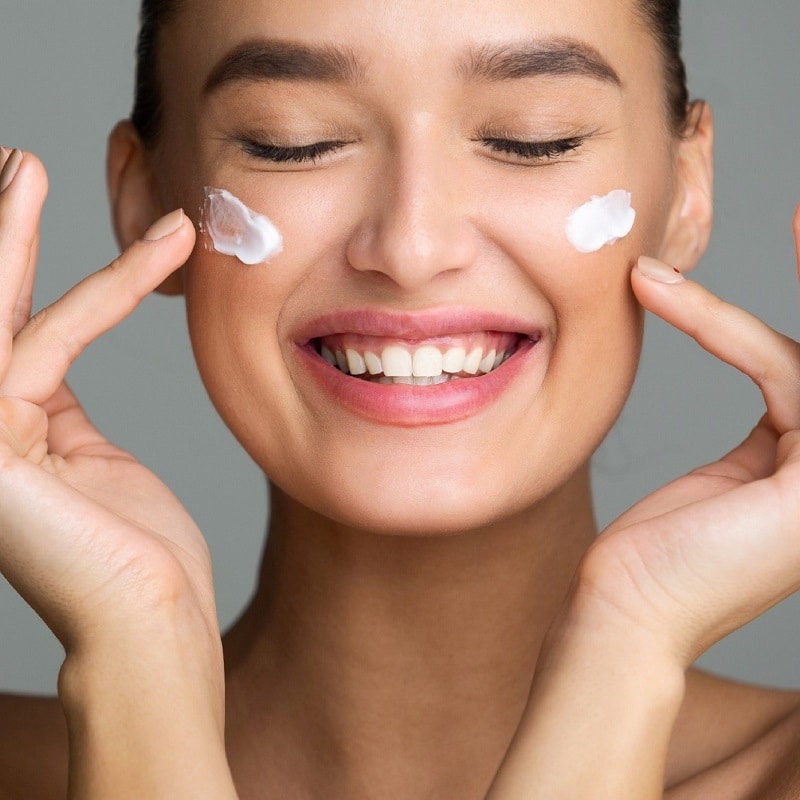
Retinol is a form of vitamin A that is commonly used in skincare products to address a variety of skin concerns. It is a potent antioxidant that helps to protect the skin from free radical damage, which can cause premature aging and other skin issues.
Retinol is also known for its ability to stimulate collagen production, which can help to reduce the appearance of fine lines and wrinkles. Additionally, it can help to improve skin texture and tone, and can even help to reduce the appearance of acne and acne scars.
Retinol is available in a variety of skincare products, including creams, serums, and lotions. It is also available in different strengths, with higher concentrations typically available by prescription only.
I’ll provide more details about retinol – including its benefits, uses, and how to choose the best version for you – after going through some candid before and after photos.
30 Retinol Before and After Photos
#1:

#2:

#3:

#4:

#5:

#6:

#7:

#8:

#9:

#10:

#11:

#12:

#13:
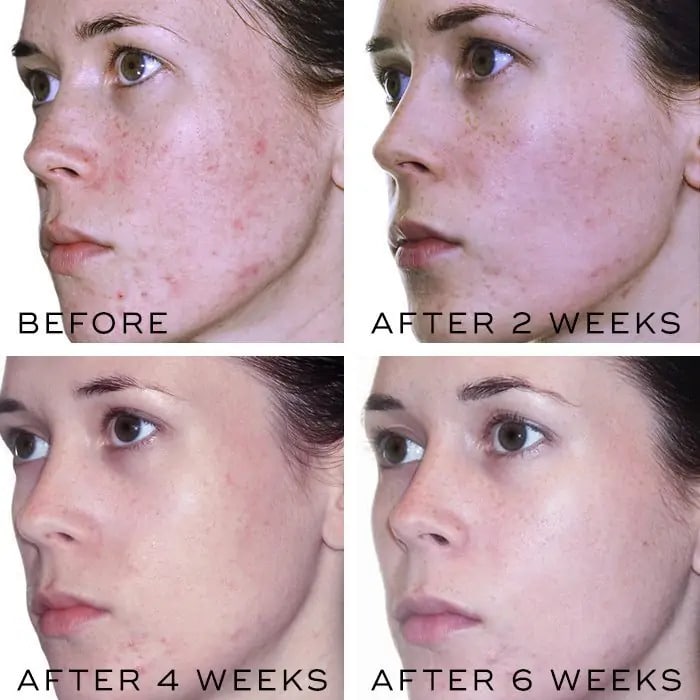
#14:
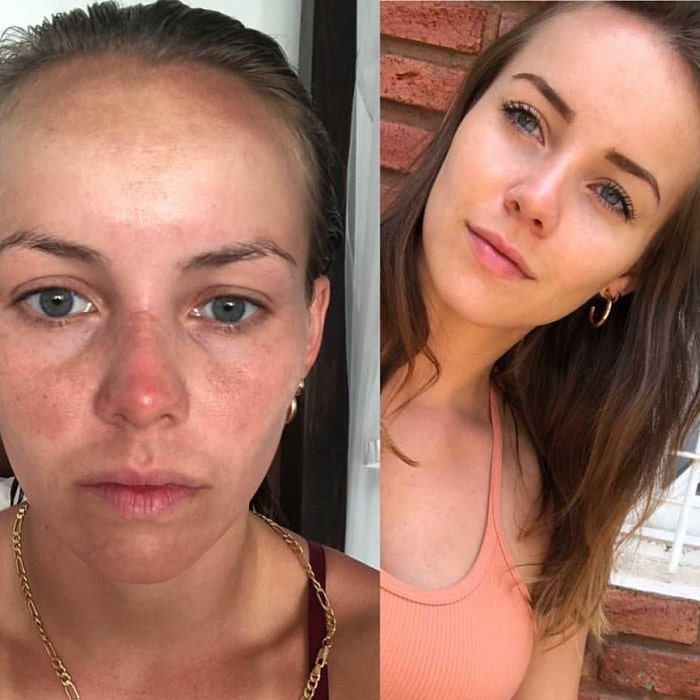
#15:
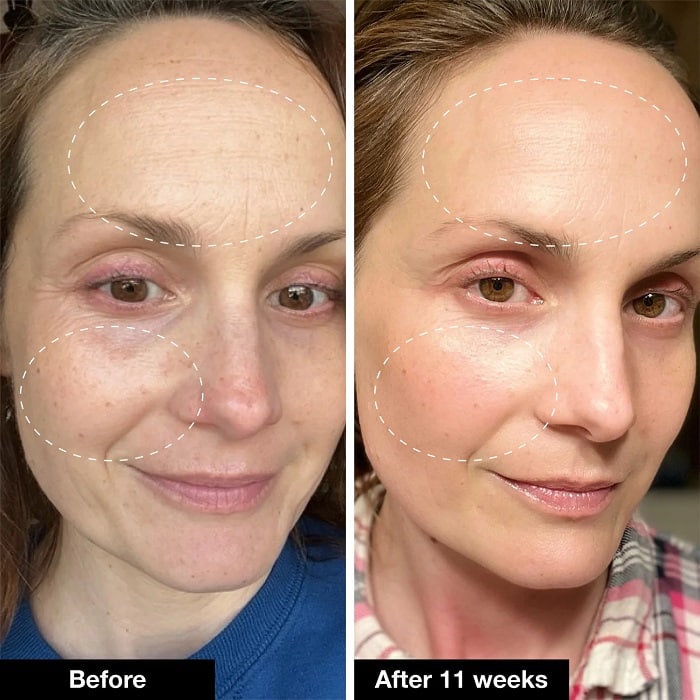
#16:

#17:
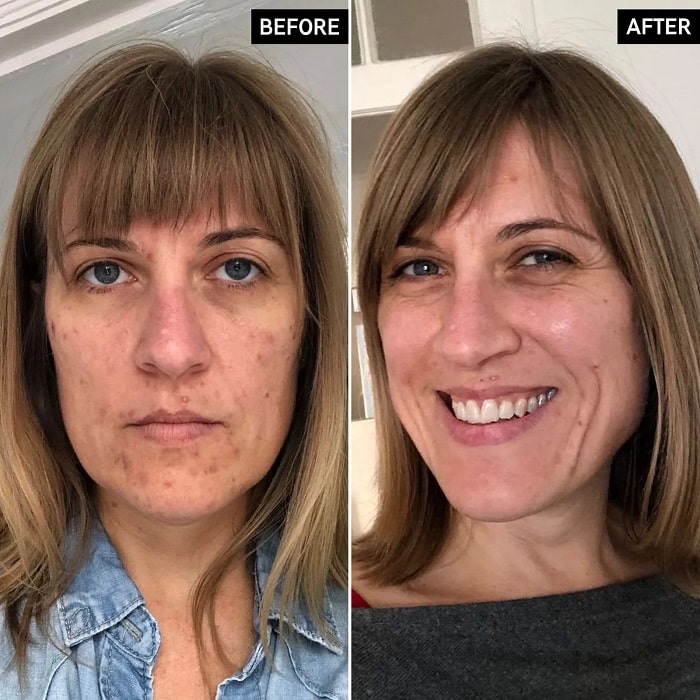
#18:
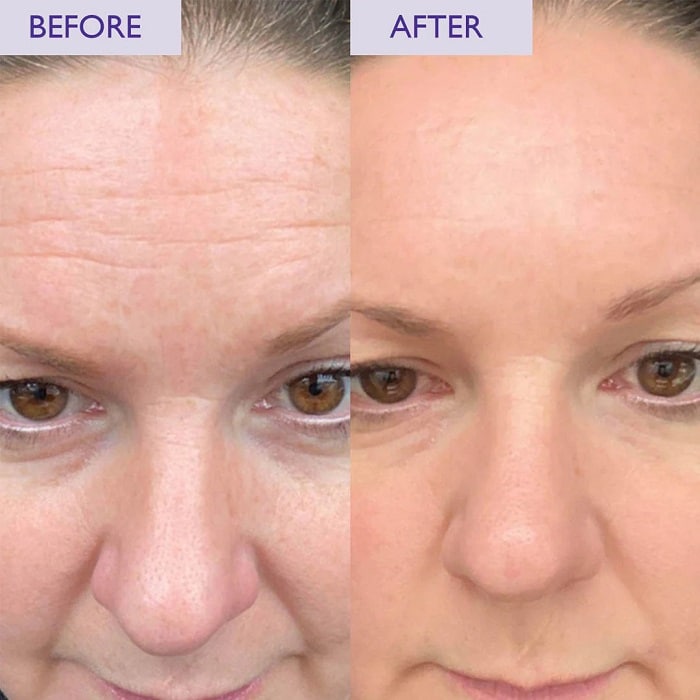
#19:
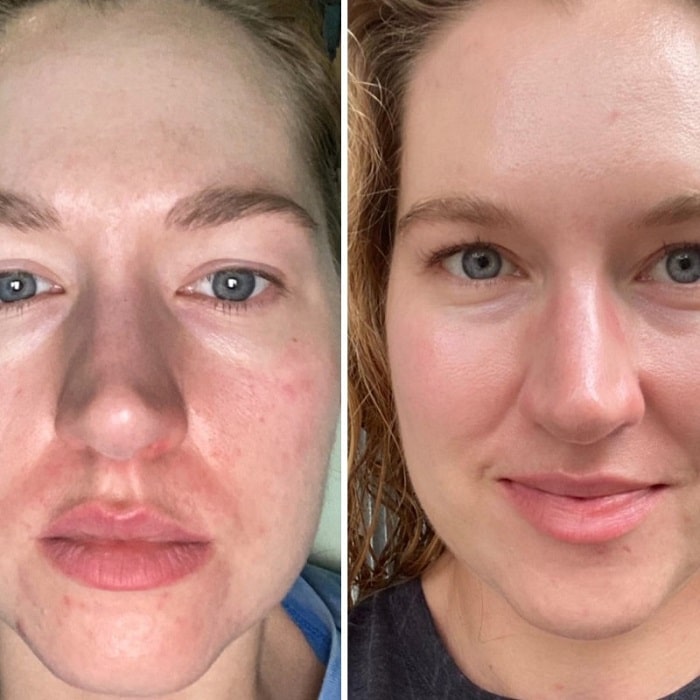
#20:
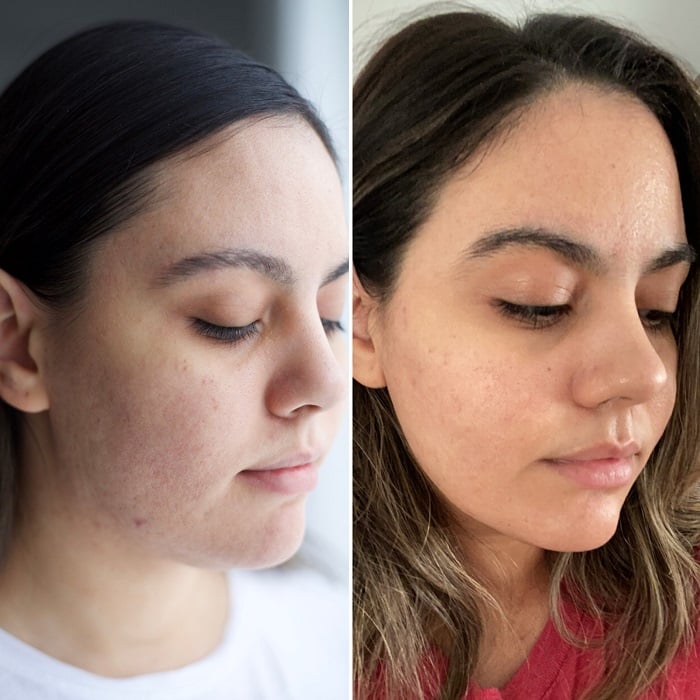
#21:
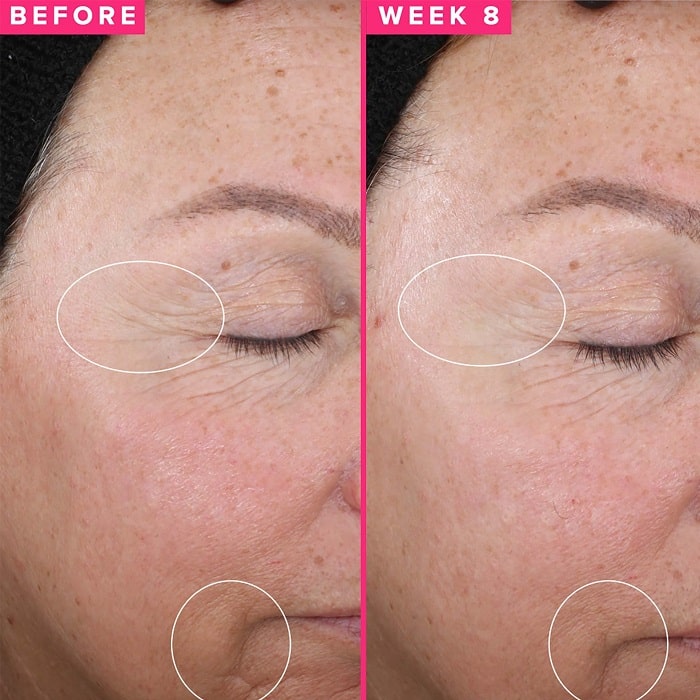
#22:
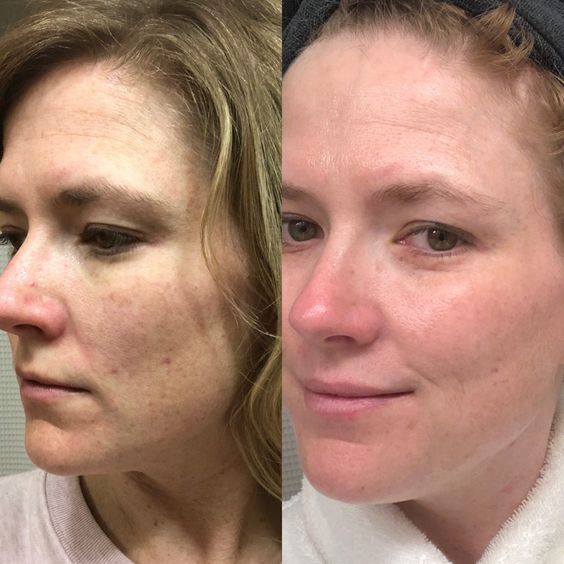
#23:
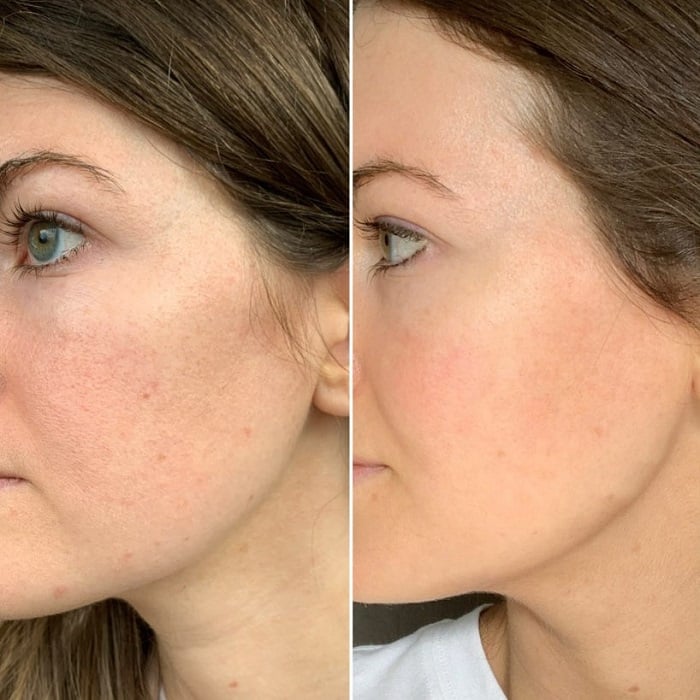
#24:
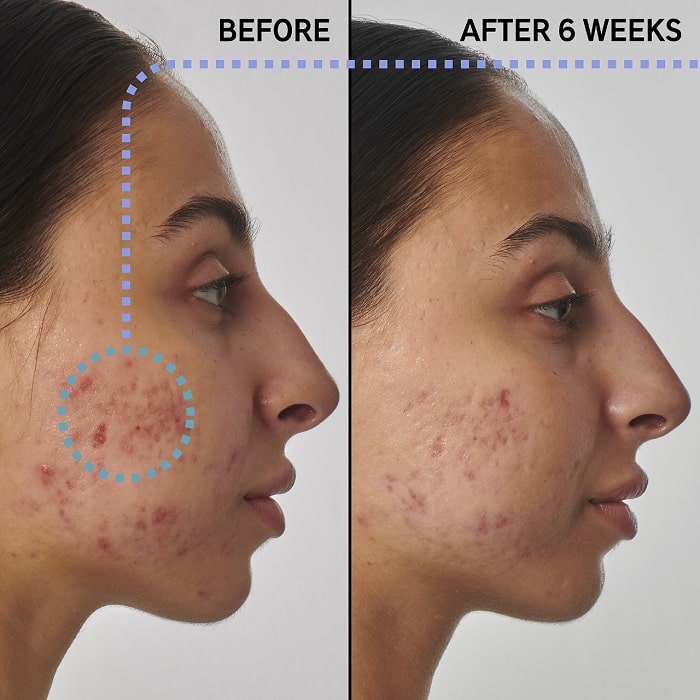
#25:
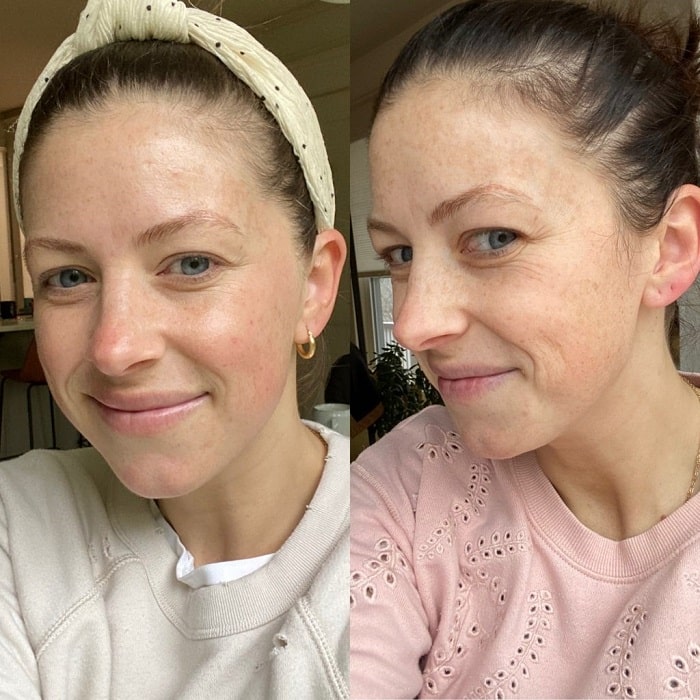
#26:
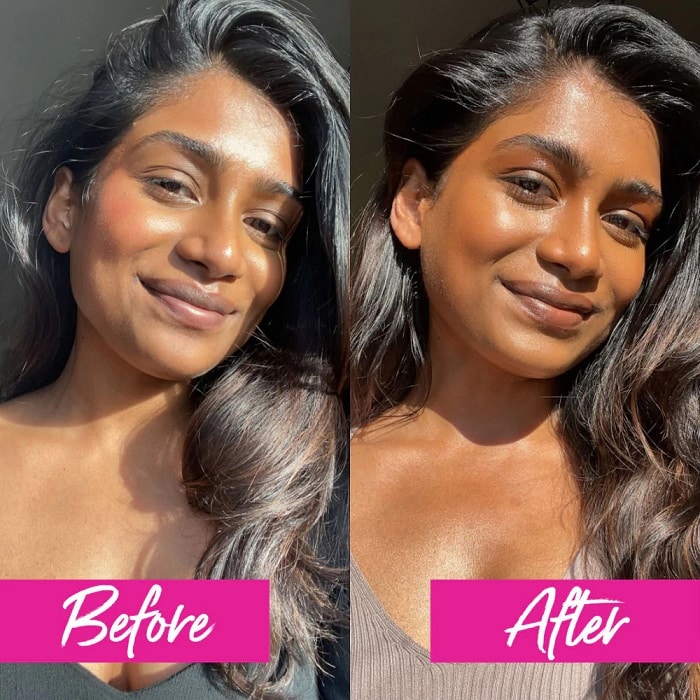
#27:
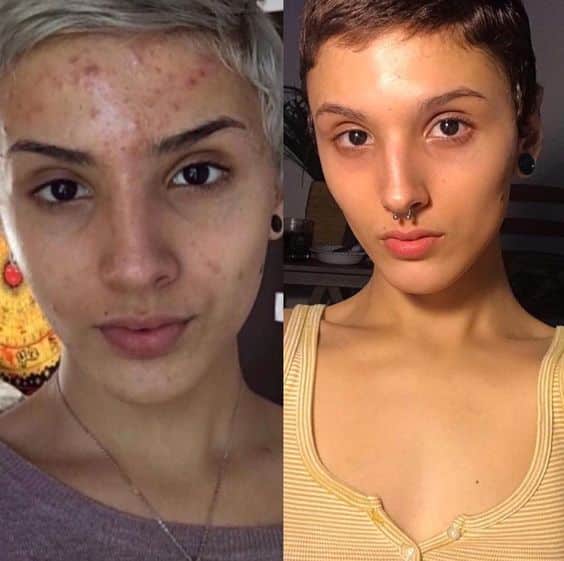
#28:
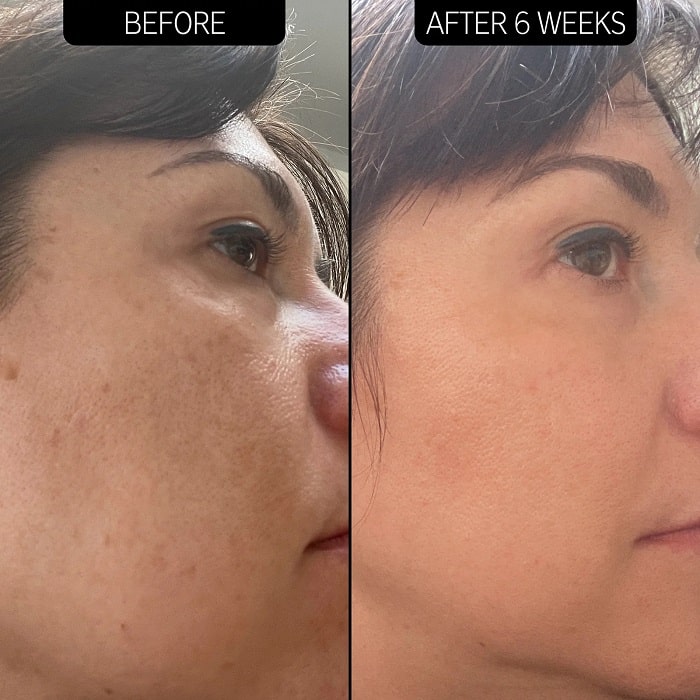
#29:
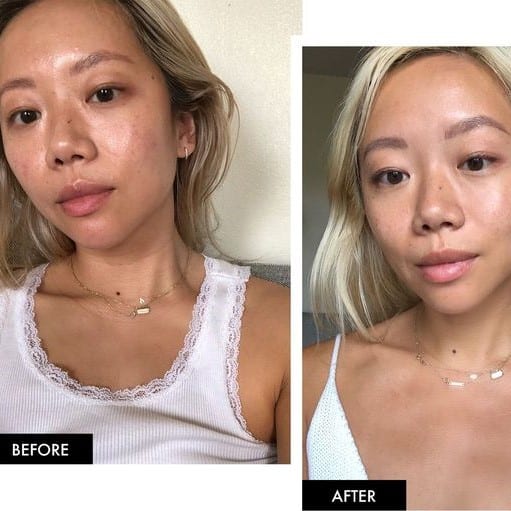
#30:
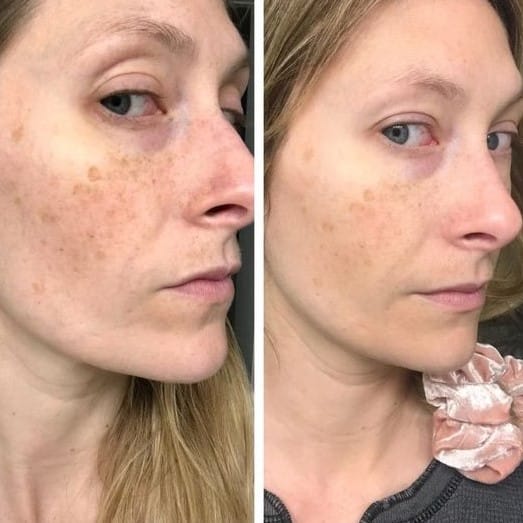
Benefits of Retinol

Reduces Fine Lines and Wrinkles
Retinol is known for its anti-aging benefits. It can help reduce the appearance of fine lines and wrinkles by stimulating collagen production and enhancing cell turnover. According to this 2015 study, retinol can significantly improve the appearance of wrinkles after 12 weeks of use.
Evens Out Skin Tone
Retinol can also help even out skin tone by reducing the appearance of dark spots and hyperpigmentation. It does this by regulating melanin production and increasing cell turnover. This can lead to a brighter, more even complexion.
Improves Skin Texture
Retinol can improve skin texture by increasing cell regeneration and smoothing the skin’s surface. This can lead to a softer, smoother, and more youthful-looking complexion. According to this study, retinol can significantly improve skin roughness in a matter of weeks.
Reduces Acne and Acne Scarring
Retinol can also be effective in treating acne and reducing the appearance of acne scarring. It does this by unclogging pores, reducing inflammation, and increasing cell turnover.
How Retinol Works
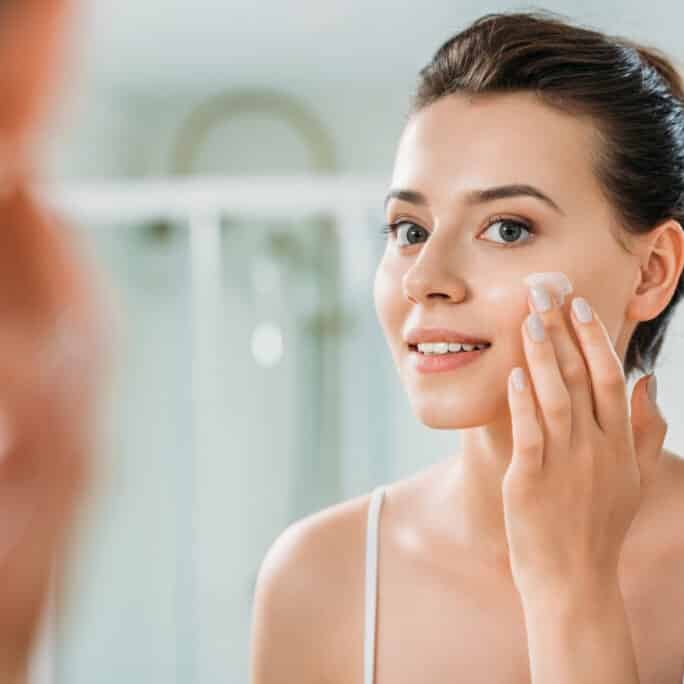
Retinol is a form of vitamin A that is commonly used in skincare products to improve the appearance of fine lines, wrinkles, and uneven skin tone. When applied topically, retinol penetrates the skin and works to stimulate collagen production, which helps to plump up the skin and reduce the appearance of wrinkles.
Retinol also works to speed up the natural exfoliation process of the skin, which can help to unclog pores and reduce the appearance of acne. Additionally, retinol has been shown to help reduce the production of melanin, which is responsible for the appearance of dark spots and hyperpigmentation.
It is important to note that retinol can cause some initial irritation and dryness when first starting to use it. This is because retinol is a powerful ingredient that can be harsh on the skin if not used properly. It is recommended to start with a low concentration of retinol and gradually increase as tolerated.
Retinol Before and After: What to Expect
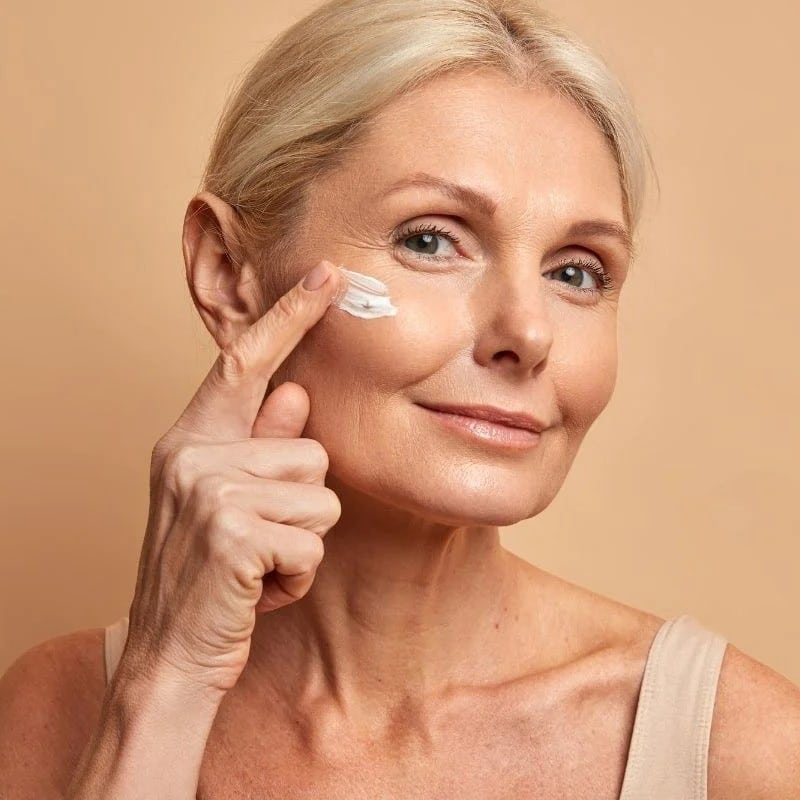
Timeline of Results
It’s important to note that retinol is not a quick fix and results may take several weeks or even months to become noticeable. According to a review of retinoids, most individuals see a significant decrease in wrinkles after about three months of use. Over time, retinol helps boost collagen and thicken the deeper layer of skin where wrinkles begin to form, so long-term consistency will be worth the results.
Tips for Best Results
Here are some tips to help you get the best results from your retinol product:
- Start with a low concentration and gradually work your way up to avoid irritation.
- Apply retinol at night to avoid sun sensitivity.
- Use a gentle cleanser and moisturizer to avoid further irritation.
- Be patient and consistent with your use of retinol to see the best results.
Overall, retinol can be a powerful tool in improving the appearance of your skin. By understanding what to expect and following best practices, you can achieve smoother, more youthful-looking skin with the help of retinol.
Possible Side Effects of Retinol
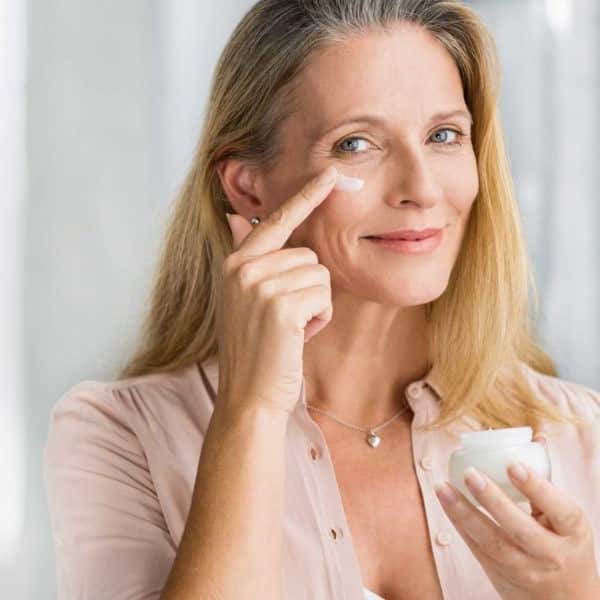
Irritation and Redness
When first using retinol, some people may experience irritation and redness on their skin. This is because retinol increases cell turnover, which can lead to increased sensitivity. However, this side effect usually subsides after a few weeks of use as the skin adjusts to the product.
Dryness and Flakiness
Another potential side effect of retinol is dryness and flakiness. This occurs because retinol can cause the skin to shed more quickly than normal, leading to dry and flaky skin. To combat this side effect, it is recommended to use a moisturizer in conjunction with retinol to help keep the skin hydrated.
Increased Sensitivity to Sunlight
Retinol can also increase sensitivity to sunlight, making the skin more prone to sunburn. It is recommended to use sunscreen when using retinol and to avoid prolonged sun exposure.
Overall, while retinol is generally safe to use, it is important to be aware of these potential side effects and to take precautions to minimize them. If you experience severe irritation or other adverse effects, it is recommended to discontinue use and consult with a dermatologist.
Choosing the Right Retinol Product
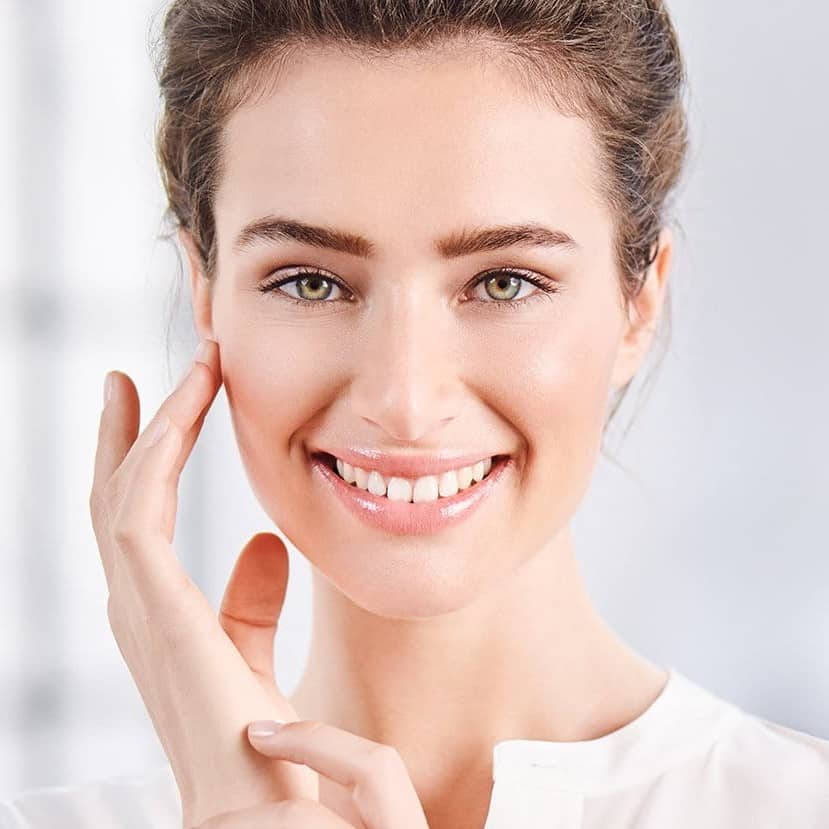
Strength and Concentration
When it comes to choosing a retinol product, the strength and concentration of the retinol should be considered. Retinol products come in different strengths ranging from 0.25% to 2%. It is important to start with a lower concentration and gradually increase the strength as tolerated by the skin. I recommend starting with a 0.5% or 1% retinol product and gradually increasing the strength over time.
Formulation
The formulation of the retinol product is also important. Retinol products come in different formulations including creams, serums, and oils. Creams are best for dry skin types, while serums are ideal for oily skin types. Oils are great for those with normal to dry skin types. It is important to choose a formulation that suits your skin type and concerns.
Ingredients to Look For
When choosing a retinol product, it is important to look for certain ingredients that can enhance the effectiveness of the product. Look for products that contain antioxidants such as vitamin C and E, which can help protect the skin from free radical damage. Hyaluronic acid is another ingredient to look for as it can help hydrate the skin and prevent dryness and irritation.
In summary, when choosing a retinol product, consider the strength and concentration, formulation, and ingredients. Start with a lower concentration, choose a formulation that suits your skin type, and look for products that contain antioxidants and hydrating ingredients. With the right retinol product, you can achieve smoother, brighter, and more youthful-looking skin.
Looking for more before and after comparisons? Check out these similar articles:
Curly Hair Layers Before and After
Waist Trainer Before and After

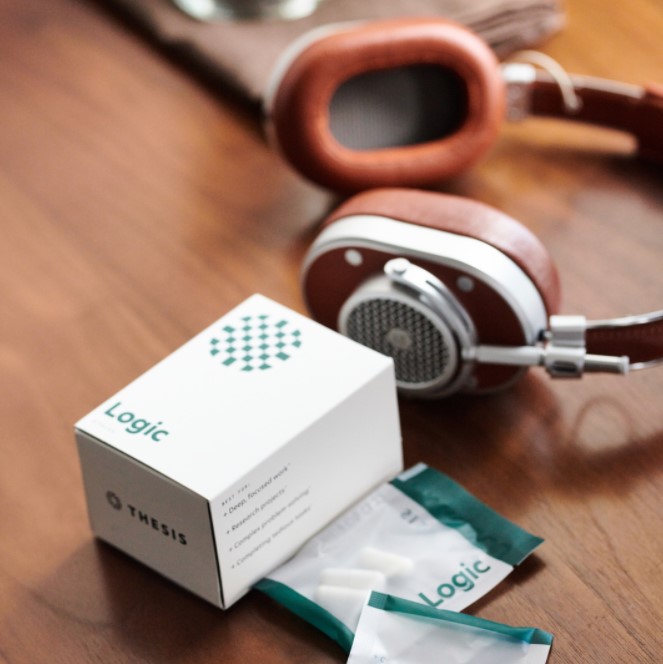
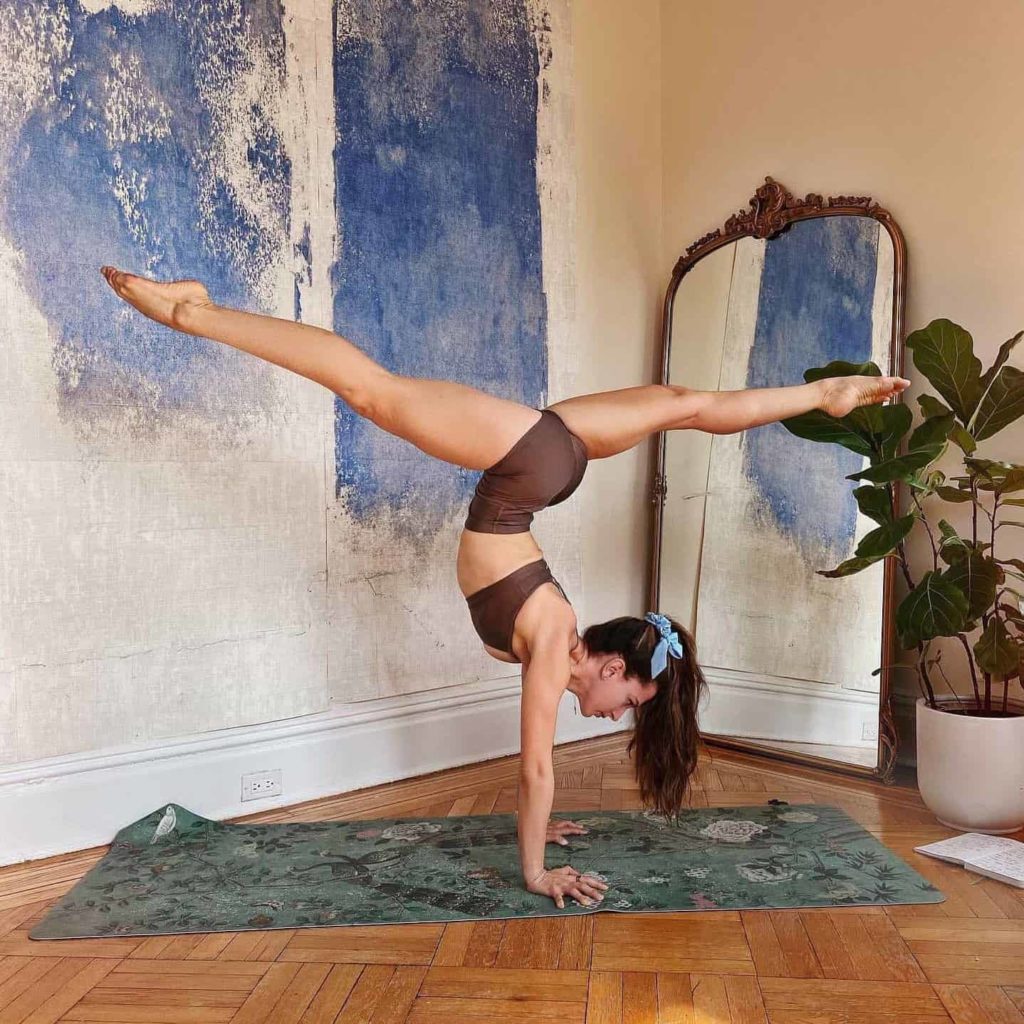

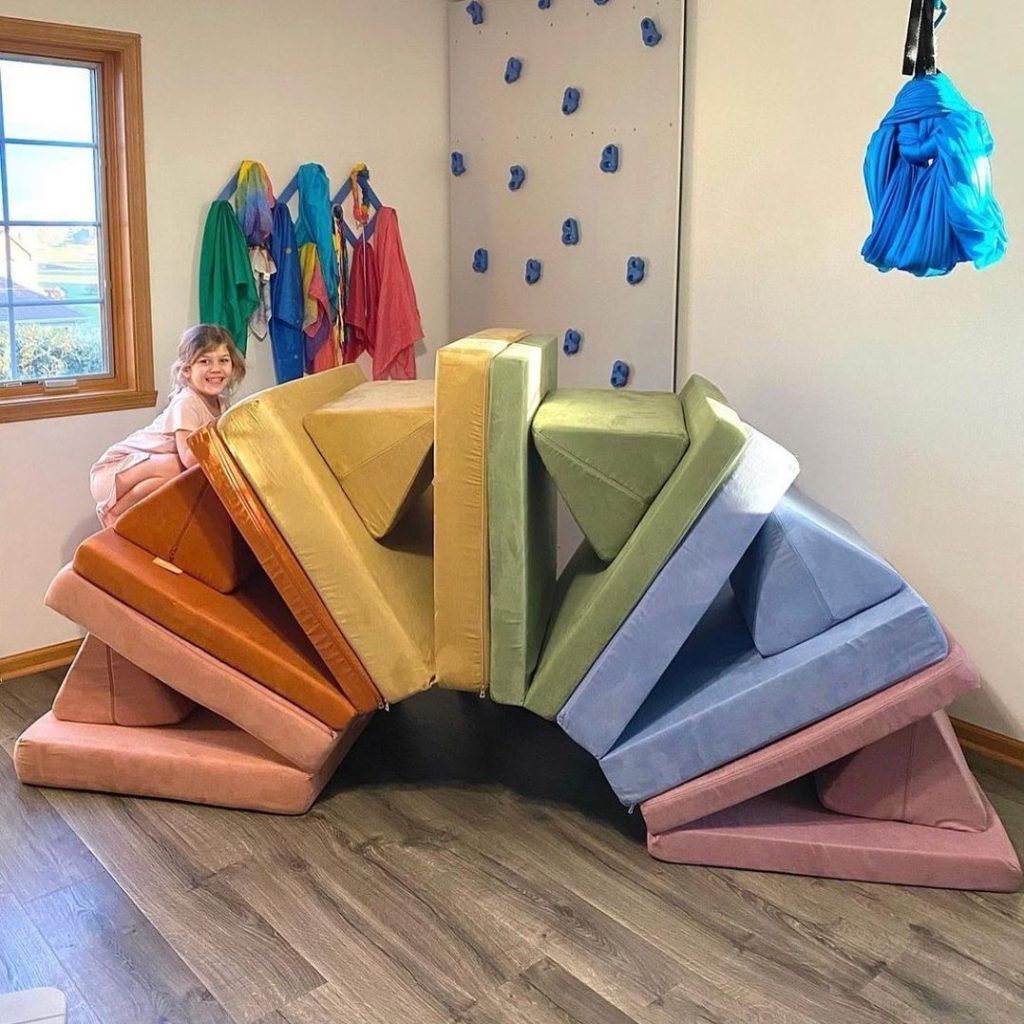

Ask the community or leave a comment
WRITE A REVIEWCustomer Reviews
Leave a review